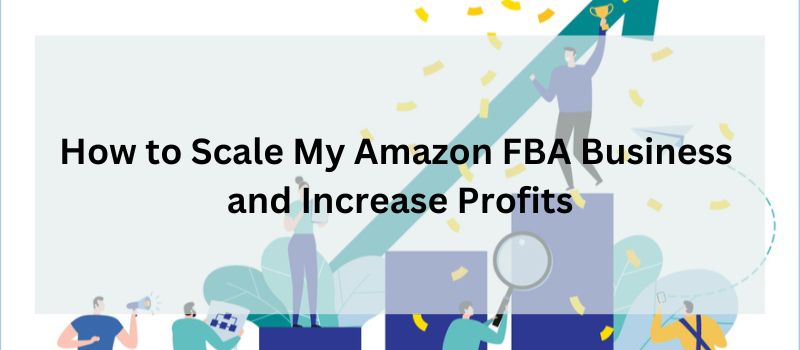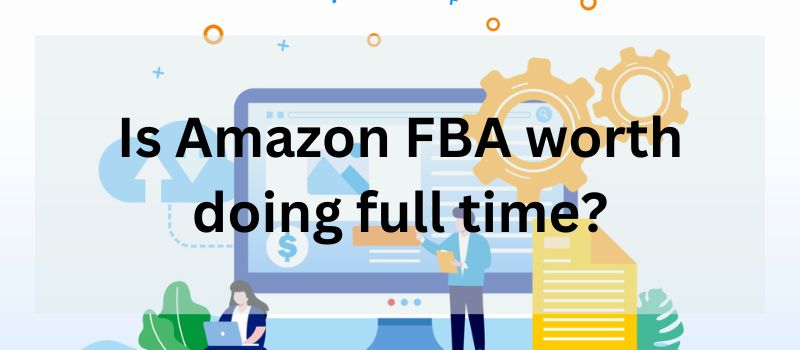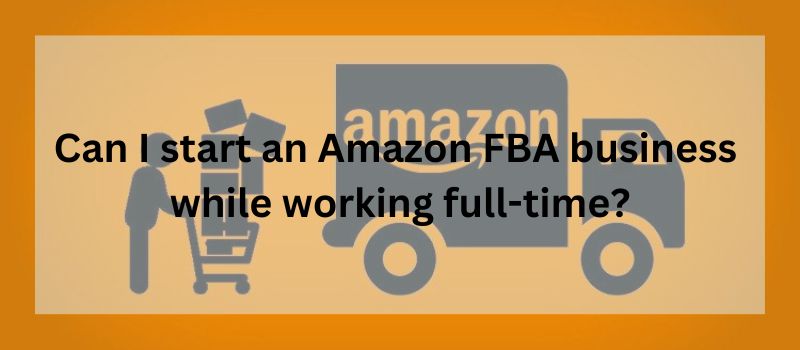If you’re looking to grow your Amazon FBA business to the next level and boost your bottom line, you’ve come to the right place. As an experienced Amazon virtual assistant, I’ve helped many FBA entrepreneurs scale their operations sustainably and drive significant profits.
In this post, as an Amazon FBA expert, I’ll share the keys to expanding your Fulfillment by Amazon business across critical areas and implementing high-impact strategies to unlock revenue growth opportunities.
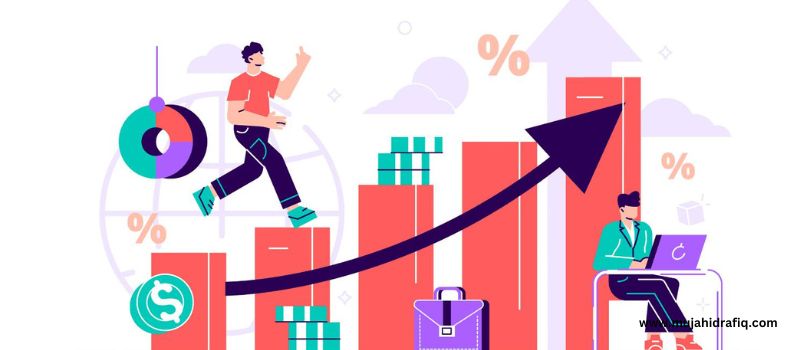
Contents
- 1 How to Scale My Amazon FBA Business and Increase Profits
- 2 Keys to Growing an FBA Business
- 3 Critical Strategies for Boosting Amazon Sales
- 4 Steps to Scale Profit Margins Sustainably
- 5 FAQs:
- 5.1 Q1: How can I get more reviews for my Amazon products?
- 5.2 Q2: What are the best ways to drive external traffic to my Amazon listings?
- 5.3 Q3: How much does Amazon charge in fees for FBA sellers?
- 5.4 Q4: Can I use a prep service to help with labeling and shipping to Amazon warehouses?
- 5.5 Q5: Should I focus on retail arbitrage vs private label when starting out?
- 5.6 Q6: How important are high-quality product photos on Amazon listings?
- 6 Conclusion:
How to Scale My Amazon FBA Business and Increase Profits
Scaling an Amazon business can feel overwhelming, but it doesn’t have to be! The key is leveraging Amazon’s built-in tools as much as possible so you can focus on selling. Slowly expand into new markets, find complementary products, and use data to make strategic choices.
And don’t forget to watch costs and negotiate discounts so more revenue turns into profit. With the right roadmap and Amazon FBA expert support, you can grow your FBA company efficiently and successfully!

Keys to Growing an FBA Business
Laying the groundwork for scaling your FBA business is crucial before diving into more advanced tactics. Let’s review three core areas to focus on first.
Leveraging Amazon’s Fulfillment Network
Harnessing the power of Amazon’s fulfillment and delivery engine is a total game-changer, allowing you to concentrate on sales and marketing while they handle storage, packing, shipping, and customer service.
By utilizing Amazon FBA expert services, you can reduce your operational costs substantially. Compare doing everything in-house vs. outsourcing fulfillment to virtual assistants. Significant savings right off the bat!
Also, FBA eligibility opens the door for Prime delivery, boosting conversion rates. It’s truly a magical one-two punch! As an amazon fba expert I always advise clients to take full advantage of FBA, even if you start small.
Grow into their fulfillment network as you scale your catalog. The payoff down the road is worth it.

Expanding to New Marketplaces
Too often FBA sellers limit themselves to Amazon.com from day one without realizing the potential of their global platform. Once you gain some traction in the US, consider expanding your reach by selling across Amazon’s sites in Canada, Mexico and Europe.
Translation and regulations add complexity, but you gain access to hundreds of millions of new customers. You can always test select top-selling products first in a new marketplace before diving in deeper. As an experienced Amazon FBA expert, my guidance here is: don’t wait too long before going global!
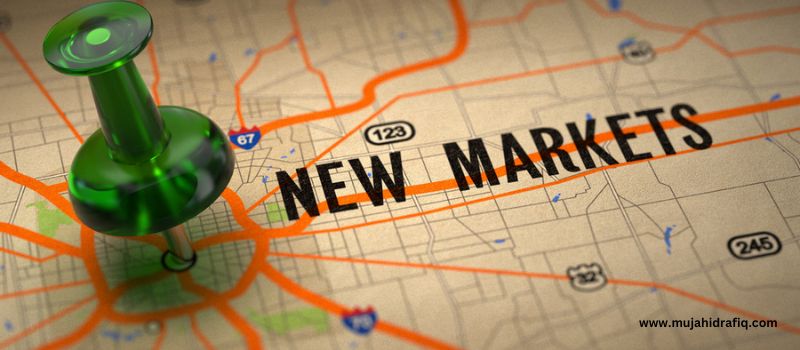
Diversifying Product Selection
It’s natural when starting out to focus on one or two main product lines you know well. However, to sustain rapid growth over the long-term, you need to be constantly testing and adding new products.
Leverage tools like Jungle Scout to analyze best-sellers and identify opportunities in complementary categories. Adapt your sourcing and qualify new vendors. Diversity also reduces risk should one product become unprofitable or lose ranking.
Think about building your own brands and private label products as well down the road. But walk before running!
Critical Strategies for Boosting Amazon Sales
Now that you’ve built a solid operational base with FBA, let’s discuss three sales-driving strategies for catapulting your business to the next level.
Optimizing Listings and Advertising
Converting browse to buy hinges on polished, compelling product listings. You only have seconds to grab a customer’s attention and persuade them to purchase. Ensure your titles and bullets clearly communicate the product’s value. Call out key features and differentiate yourself from competitors.
Write robust product descriptions that answer common customer questions and overcome objections. As an amazon fba expert I also advise all FBA sellers to test Amazon Sponsored Products once you have reviews. Even a small daily budget can yield a nice ROI.
As you grow, explore their DSP platform and how you can target competitor buyers.
Cultivating Customer Reviews
Social proof and peer recommendations convert, so proactively seeking product reviews should be an ongoing initiative. Don’t just cross your fingers that customers leave feedback!
First, follow up with a simple thank you email to each buyer, asking if they’d be willing to share their experience online to help other customers. Many folks are happy to help a small business once asked.
Secondly, consider small incentives like discount codes to encourage happy buyers to take a minute and leave a review. Just a few stars and a sentence or two is fine! Reviews ultimately benefit everyone.
Analyzing Data and Trends
With so many moving parts at scale, you need to be closely monitoring your FBA business to catch issues early and identify opportunities.
Keep an eye on your weekly and monthly sales velocity reports. Watch for dips or spikes in demand. Check for low inventory alerts. Stay on top of changes so you can react accordingly.
Longer-term, analyze seasonality across your product portfolio.
Expect fluctuations in sales at different times of the year. Anticipate demand surges for the holidays or summer months, for example.

Steps to Scale Profit Margins Sustainably
Rapidly increasing sales is certainly a priority, but not at the expense of losing money! Let’s talk profit maximization tactics.
Negotiating Costs with Suppliers
As you ramp up order volumes and become a major customer, you gain leverage to negotiate better wholesale pricing from vendors and manufacturers. Don’t be shy! Ask for 5-10% discount for committing to recurring large orders.
Reduce markup costs. See if you can get free or subsidized shipping. Building partnerships leads to mutually beneficial deals. Over time, consider having your top products manufactured directly under your own brand. But no need to take on that undertaking right away!
Controlling Amazon Fees
Amazon’s cut can really start eating into margins at scale if you aren’t careful. Take steps to minimize fees where possible.
For example, analyze your monthly FBA inventory storage usage and optimize your plans. Oversized products add surcharges too. Stick to standard sizes.
Use FBA revenue calculators so you know exactly what Amazon’s take rate will be on each product. Then you can adjust pricing accordingly to maintain your profit goals.
Analyzing Financial Reports
As the business grows in complexity, you need proper accounting practices to understand what’s truly driving profitability…or losses!
Analyze your COGS closely – cost of goods sold. Validate your margins. Watch out for money drains! Having clear financial reporting will help greatly when considering expanding your catalog too.
Mujahid Rafiq, an Amazon FBA expert, also recommends regularly modeling out growth scenarios, like what happens to your net profit if you double your sales. Make sure you scale strategically!
FAQs:
Q1: How can I get more reviews for my Amazon products?
Politely ask satisfied buyers to post an honest review through email follow up. Offer a small incentive like a 10% off coupon code. Reviews build social proof.
Q2: What are the best ways to drive external traffic to my Amazon listings?
Content marketing through blogging, email lists, and social media. Also advertise via Google Shopping campaigns. Links signal relevancy.
Q3: How much does Amazon charge in fees for FBA sellers?
Amazon fees vary based on the specific FBA services used, but typical rates range from 8-25% as a seller referral fee plus variable closing fees per item.
Q4: Can I use a prep service to help with labeling and shipping to Amazon warehouses?
Yes, prep and labeling services can save time and streamline getting inventory shipment-ready for FBA. Rates start around $0.40 per unit.
Q5: Should I focus on retail arbitrage vs private label when starting out?
Many sellers successfully bootstrap with retail arbitrage initially before shifting to building their own brands. Test different models.
Q6: How important are high-quality product photos on Amazon listings?
High-converting images showing key product features help drive sales. Invest in professional photography and infographics.
Conclusion:
If you methodically improve performance across these key areas Mujahid Rafiq as an amazon fba expert outlined while keeping profitability front of mind, your FBA company can successfully scale to the next level and beyond.
You’ll be well on your way to 7-figure success! It may sound daunting but take it step-by-step. Lean on experts like an Amazon virtual assistant to optimize where needed. You can do this!
Now over to you – which area presented here do you think would have the biggest impact on taking your business to the next level? as an amazon fba expert I’d be happy to offer specific advice tailored to your company’s current stage and challenges. Let me know in the comments!
Scale Your FBA Business Now!
Read More:

